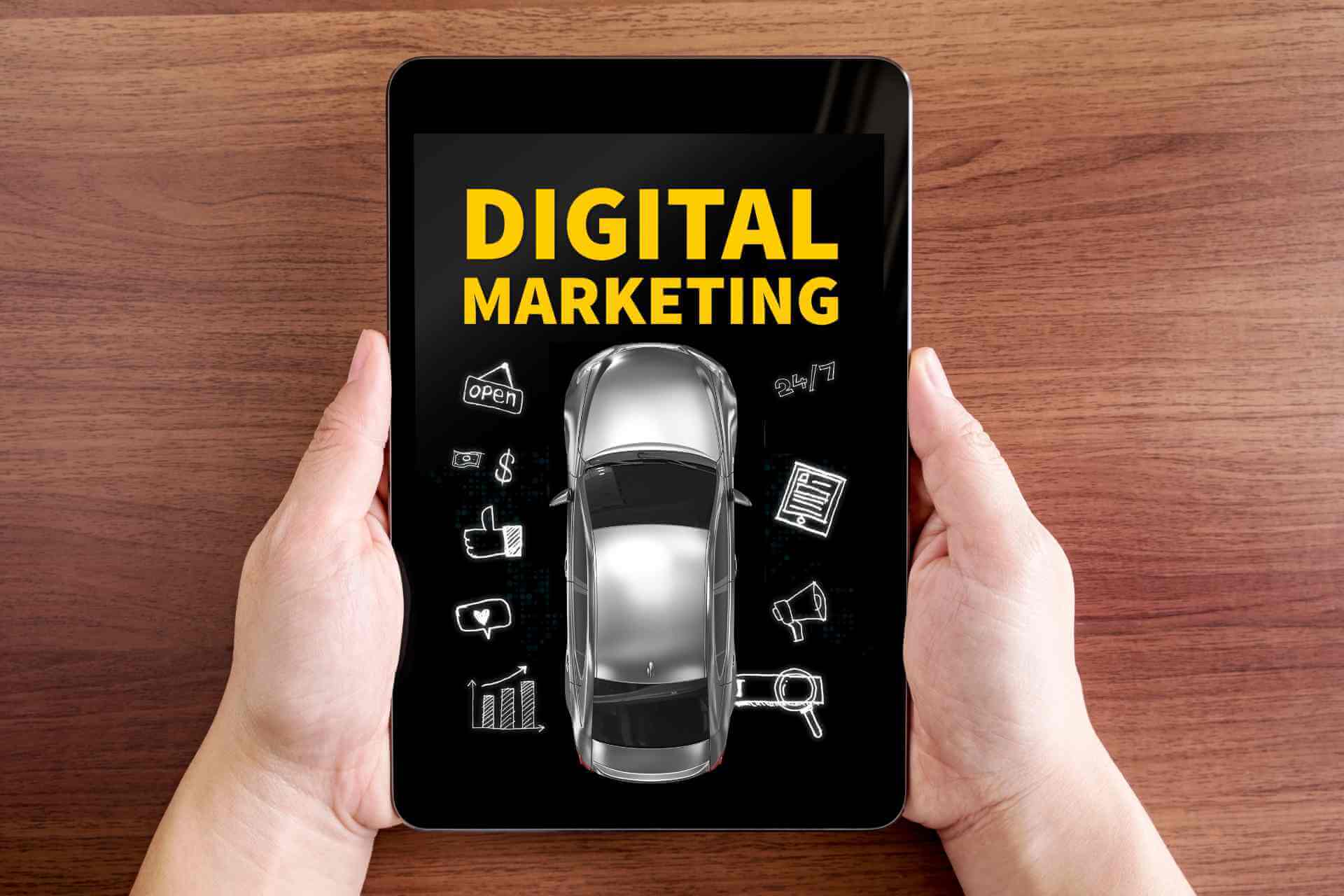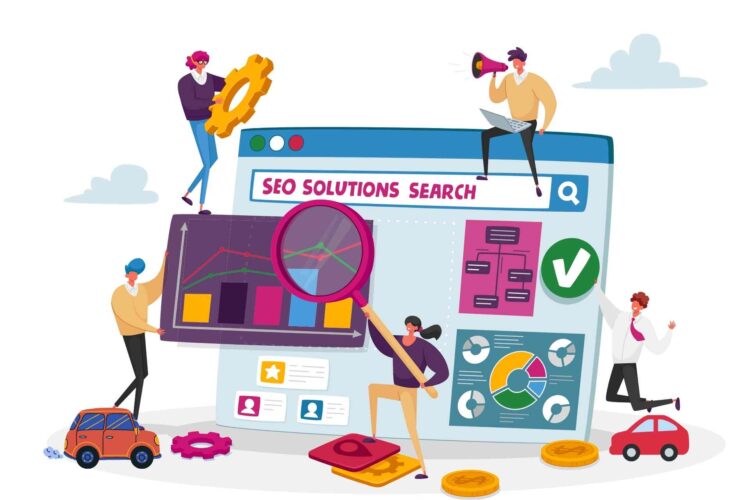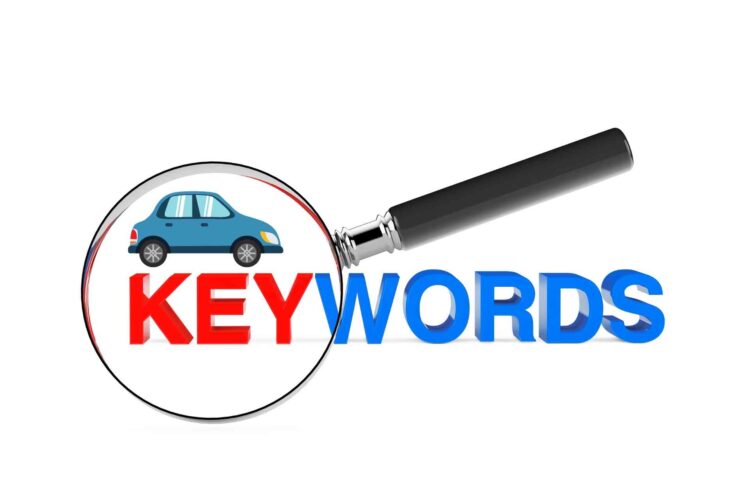
In today’s fast-paced, digital world, the automotive industry is shifting gears to keep up with the changing landscape. Traditional marketing methods no longer suffice, with many consumers turning to the web to research and purchase vehicles. This shift has given birth to a dynamic and evolving field known as automotive digital marketing. This comprehensive guide will deeply dive into this exciting realm, explore the latest trends, discuss the benefits, and help you craft effective digital marketing strategies for automotive dealerships.
Table of Contents:
- Automotive Digital Marketing: What is it?
- A Look at the Latest Trends in Automotive Digital Marketing
- Automotive Digital Marketing Benefits
- Automotive Dealer Digital Marketing Concepts
- Digital Marketing Tactics for Automotive Dealerships
- Digital Marketing Channels for Automotive
- Digital Marketing Strategies for Automotive Dealerships
- Case Study: Automotive Digital Marketing
- Conclusion
- FAQs
Automotive Digital Marketing: What is it?
Automotive digital marketing is a multifaceted approach to promoting and selling vehicles digitally. It encompasses a variety of online methods of engaging potential customers, promoting brand awareness, building trust, and generating sales for the automotive industry. Auto dealerships must stay on top of digital marketing in an ever-evolving online world.
A Look at the Latest Trends in Automotive Digital Marketing
Let’s explore some of the latest trends in digital marketing for automotive.
Provide Better Customer Service
An essential shift in the automotive industry is using digital channels to enhance customer service. Dealerships now use chatbots and online customer support systems to respond quickly to inquiries, offer vehicle information, and schedule test drives. In addition to improving customer satisfaction, this approach streamlines the sales process.
Using Artificial Intelligence
Artificial Intelligence (AI) is transforming how automotive businesses engage with customers. AI-powered chatbots can handle routine queries, and machine learning algorithms can make personalized recommendations based on customer data. Depending on what kind of SUV the customer has shown an interest in in previous searches, the website may highlight SUV models during their next visit.
Customizing and Optimizing Mobile Apps
With most consumers accessing the internet via smartphones, optimizing mobile apps for a seamless user experience has become paramount. Automotive dealerships are investing in mobile apps that allow customers to browse inventory, schedule service appointments, and receive special offers. These apps are often integrated with location-based services, providing users with information about nearby dealerships and promotions.
Personalized Videos
Video marketing is a powerful tool in the digital age. Personalized video messages, such as a thank-you video after a test drive or a walk-through of a customer’s potential new car, create a more personalized and engaging customer experience. It’s a trend that fosters a deeper connection between dealerships and their customers.
Business-to-Business Marketing
While much automotive digital marketing focuses on reaching individual consumers, the business-to-business (B2B) aspect is equally vital. Automotive manufacturers and suppliers use digital marketing strategies to connect with dealerships, parts retailers, and service centers. These B2B relationships drive the supply chain and ensure a smooth flow of products and services within the industry.
Automotive Digital Marketing Benefits
Now that we’ve explored some trends in automotive dealer marketing, let’s delve into its substantial benefits to car dealerships and the automotive industry.
A Brand’s Reputation and Awareness
Digital marketing allows auto dealerships to build and manage their online reputation effectively. Positive reviews, engaging social media content, and responsive customer service contribute to a dealership’s image. In addition to attracting potential customers, a solid online presence encourages loyalty and trust among existing ones.
A Larger Audience Becomes Reachable
It is challenging for traditional marketing methods to reach a broad audience. With digital marketing, auto dealerships can tap into a vast online audience. Email campaigns, social media platforms, and online search campaigns enable dealers to reach potential customers far and wide. You are more likely to connect with consumers seeking automotive products and services by contacting a broader audience.
Customer Knowledge is Key
Digital marketing provides customers with invaluable insight into their behavior. Dealerships can gather data on what customers are searching for, which vehicles are trending, and what marketing strategies are most effective. This data-driven approach allows companies to customize their products and strategies to meet customer needs more precisely.
Automotive Dealer Digital Marketing Concepts
To effectively navigate the world of automotive digital marketing, dealerships must grasp various essential concepts and strategies. Let’s explore a few key ones.
Online Social Networks
In automotive internet marketing, social media platforms such as Facebook, Instagram, Twitter, and LinkedIn play a crucial role in automotive digital marketing. These platforms allow dealerships to engage with their audience through compelling content, promotional campaigns, and customer interaction. For example, Facebook ads can be customized based on users’ interests, demographics, and online behaviors, ensuring people with the most relevant interests see them.
Videos
Video content is king in the world of digital marketing. Dealerships can create video tours of vehicles, customer testimonials, and behind-the-scenes glimpses of their operations. Video marketing captivates the audience and builds trust, as potential buyers can visually inspect vehicles and see real customer experiences.
Why Email Marketing Is Important
Email marketing remains a powerful tool in the car dealership’s digital marketing toolbox. Dealerships can send personalized offers, updates, and newsletters directly to a customer’s inbox. Effective email campaigns nurture leads, inform customers about new arrivals, and encourage them to visit the dealership.
Digital Marketing Tactics for Automotive Dealerships
Now that we’ve covered the essential concepts let’s dive into the strategies automotive dealerships can implement to thrive in digital marketing.
Optimize for SEO
A successful marketing strategy for digital products must include Search Engine Optimization (SEO). Dealerships must ensure their search engine results pages (SERPs) appear high for relevant keywords when consumers search for them. When dealerships optimize their websites for their content, meta tags, and mobile-friendliness, dealerships can increase their online visibility.
Writing Blogs
Maintaining an active blog is an excellent way for dealerships to engage with their audience and boost SEO. Blog posts can cover various topics, from vehicle maintenance tips and industry news to in-depth vehicle reviews. Consistent, high-quality content positions dealerships as authoritative sources in the automotive realm and keeps visitors returning to their websites.
Digital Marketing Channels for Automotive
While the digital marketing landscape is vast, specific platforms and channels are particularly effective for automotive dealerships. Let’s explore a few of them.
Instagram’s visually appealing format is perfect for showcasing vehicles. Dealerships can post high-quality images and short videos, allowing potential customers to see cars from every angle. Instagram also offers a range of advertising options.
Facebook’s extensive user base makes it a goldmine for automotive dealerships. They can create business pages, share engaging content, and run targeted ads to reach users based on their location, interests, and behaviors. Facebook’s Messenger is also available for customer inquiries and support.
A LinkedIn profile is a great way to conduct B2B marketing within the automotive industry. Dealerships can connect with other businesses, suppliers, and professionals to foster collaborations and partnerships.
Twitter is ideal for quick updates, promotions, and customer engagement. Dealerships can use Twitter to share real-time information, respond to inquiries, and participate in industry discussions.
Digital Marketing Strategies for Automotive Dealerships
A digital marketing strategy requires careful planning and execution. Let’s explore some critical steps in developing a successful plan.
Testimonials from Customers are Useful
A customer’s testimonial can dramatically increase a dealership’s credibility. Positive reviews and testimonials from satisfied customers should appear on the dealership’s website so potential buyers can feel confident making the right choice by choosing a particular dealership.
Optimize Your Site for SEO
We have discussed SEO before, but there is no need to repeat it. Dealerships should invest in optimizing their website continually. Using relevant keywords, updating content regularly, and improving the site’s technical aspects can significantly impact search engine rankings.
Case Study: Automotive Digital Marketing
To illustrate the effectiveness of automotive digital marketing, let’s look at a real-world case study: Chevrolet.
Chevrolet
Chevrolet, a well-known American automobile manufacturer, has embraced digital marketing to stay competitive in the automotive industry. Here are some key strategies they’ve implemented:
- Social Media Presence: Chevrolet maintains active profiles on platforms like Facebook, Instagram, and Twitter. They regularly post images and videos of their vehicles, engage with customers, and run targeted ad campaigns.
- Interactive Website: Chevrolet’s website is well-designed and informative. It allows visitors to explore their range of vehicles, schedule test drives, and locate nearby dealerships quickly.
- Email Marketing: Chevrolet sends out regular newsletters and promotional emails to their subscribers, keeping them informed about new models, special offers, and events.
- Video Marketing: Chevrolet produces high-quality video content, including commercials, virtual tours of their vehicles, and customer testimonials.
- SEO Optimization: Chevrolet’s website ranks well on search engines so that consumers can easily find information about their vehicles.
These strategies have contributed to Chevrolet’s success in the digital realm, allowing them to connect with a broader audience and maintain a strong brand presence.
Conclusion
Digital marketing is a necessity in the ever-evolving automotive industry. Online shopping for automotive needs is rising, so dealerships must adapt and thrive in the digital landscape. By embracing the latest trends, understanding the benefits, and implementing effective strategies, automotive dealerships can drive success in the digital age.
FAQs
Automotive digital marketing is crucial because it allows dealerships to reach a wider audience, build brand awareness, provide exceptional customer service, and gather valuable insights into customer behavior. Being competitive is essential in today’s digital world.
Among the differences between traditional and digital marketing for auto dealers is the medium used to reach customers. Digital marketing uses online channels like social media, websites, email, and search engines, whereas traditional marketing relies on print ads, billboards, and TV commercials.
The average advertising budget for car dealerships depends on a dealership’s location, size, and marketing goals. However, a common rule of thumb is to allocate about 7-8% of total gross revenue to advertising and marketing efforts.
Digital marketing profoundly impacts the automobile industry by changing how consumers research, compare, and purchase vehicles. It also allows dealerships and manufacturers to reach a broader audience, build brand loyalty, and adapt to shifting consumer preferences.



